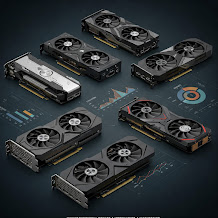Microsoft's revolutionary Majorana 1 chip transforms quantum computing
Microsoft recently unveiled the Majorana 1 chip, a groundbreaking advancement aimed at revolutionizing quantum computing. This innovative chip leverages a new state of matter known as a topological superconductor, facilitating the creation of more stable and reliable qubits—the fundamental units of quantum information. Using Majorana fermions, subatomic particles theorized in the 1930s, the Majorana 1 chip aims to significantly reduce the error rate in quantum computing, thereby accelerating the time frame for practical large-scale quantum computers. This development has the potential to transform industries, enabling the solution of complex problems in fields such as cryptography, materials science, and pharmaceuticals that are currently beyond the capabilities of classical computers.
Majorana 1 chip key features:
Topological qubits: Uses qubits that are inherently more stable and less prone to errors, increasing computational reliability.
Scalability: Designed with a clear path to integrate up to one million qubits on a single compact chip, paving the way for unprecedented computing power.
Innovative material composition: Created using indium aluminum arsenide to create superconducting nanowires capable of observing and controlling Majorana particles.
While the Majorana 1 chip is a significant step forward, it’s important to note that the technology is still in the development stage. Microsoft has yet to announce a specific release date or pricing details for commercial availability. The chip is currently being manufactured at Microsoft labs located in Washington state and Denmark.
The Majorana 1 chip’s unveiling has sparked excitement and cautious optimism in the scientific community. Some physicists are calling for further empirical testing to definitively confirm the existence and controllability of Majorana particles in the chip’s architecture. Nevertheless, the milestone underscores Microsoft’s commitment to advancing quantum computing technologies and brings us closer to realizing quantum computers capable of solving complex real-world problems.
Stay tuned for more news on the Majorana 1 chip and its implications for the future of computing.












Comments
Post a Comment